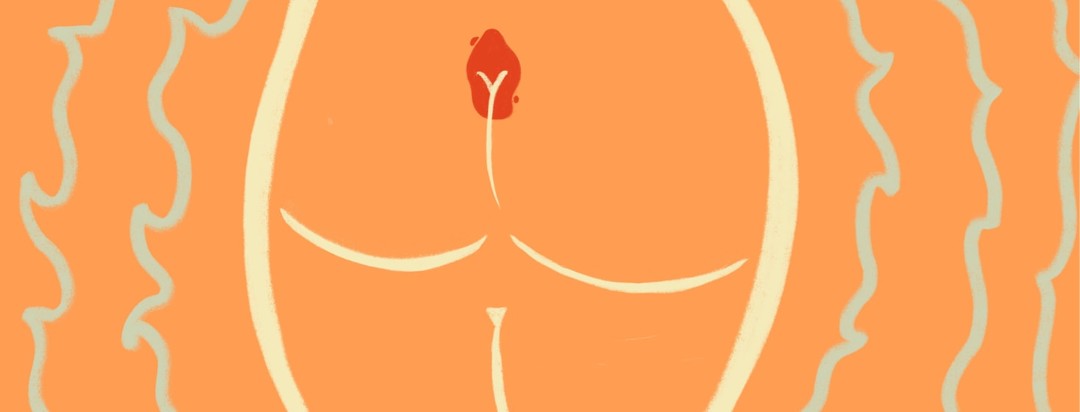Psoriasis Of The Gluteal Cleft
Chances are that most people have had psoriasis on their knees, elbows, and back. But between you and me, we know where else on our body plaques can appear.
I would like to bring this to light and emphasize that there is no shame no matter where your plaques are; even at your gluteal cleft, otherwise known to many of us at the “butt crack”.
The psoriasis butt of a joke
It may sound funny, and of course, we can laugh about it. Let's also remember that it’s often a painful experience. Because of where it’s located you get more than just itching. The skin seems to break, crack, and bleed all on its own.
Featured Forum
View all responsesMy psoriasis of the gluteal cleft begins at my tailbone. It goes all the way to just shy of where the crease begins. You can also get chafing and irritation from the heat and sweat. This is not a pleasant experience.
The pain that comes
For some reason, in this area of my body, the flakes do not remain for long. Like the plaques on my back, legs, or navel that hang around for years. It comes and goes in an episode of a flare-up every few months. What I really struggle with is not knowing that it is there. You get that unwelcome surprise in the shower with a sudden sharp pain at your behind.
Using the bathroom can be slightly inconvenient during this time. Sitting on the toilet seat can stretch the creased skin which is already tender and cause it to tear further. This might sound like too much information for you. It is the reality of psoriasis in sensitive areas. I would like to show that we can be open and honest about discussing it.
Comparing patches of psoriasis
The second reality of psoriasis of the gluteal cleft is the occasional bloodstain on your underwear. It can still be quite depressing to look at. Even after all these years, especially when I must brace myself in the shower in anticipation of the pain. But what is this compared to the rest of the plaques on my body?
I remind myself during these moments that if I am going to let one patch of skin get me down, I might as well just lie in bed the entire day. But that is not what I am about. I do something about it, and that something is very simple: I turn to my trusty coconut oil.
Layering a generous amount of coconut oil along my broken skin, I accept the temporary sensation but welcome what it is about to do. Oh, what a relief!
Finding treatment options
Coconut oil contains anti-bacterial properties that help promote better and faster wound healing. By sealing the affected area with a protective film, the skin can get to work recovering itself without having to fight off bacteria, this is especially true since the creased skin makes it easy for bacteria to be trapped in.
Coconut oil boosts collagen which helps to stop any bleeding while stimulating the growth of new blood vessels and skin cells, paving the way for greater wound healing. I have also used MG217, which comes in both coal tar and a salicylic acid formula. They both are an ointment with the consistency of Vaseline.
Different people, different treatments
If you are having any discoloration or think it is infected or sharp pains come and go see your dermatologist. I have had to see mine a few times. It just seemed like my situation was not getting better.
Of course, we are all different and react to different treatments on a different level. Remember to be gentle with yourself and your gluteal cleft.

Join the conversation